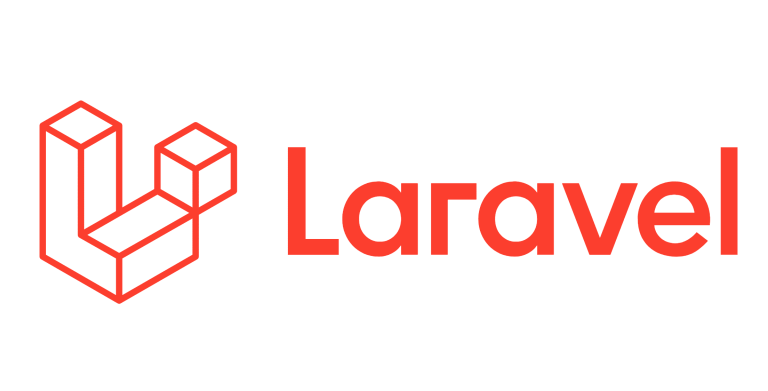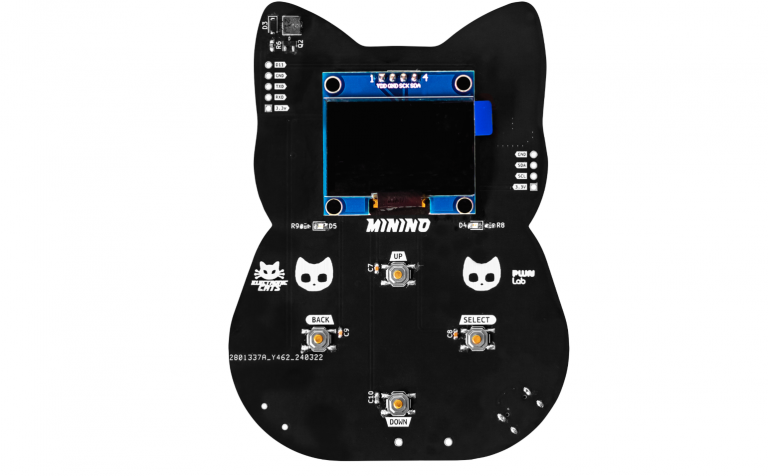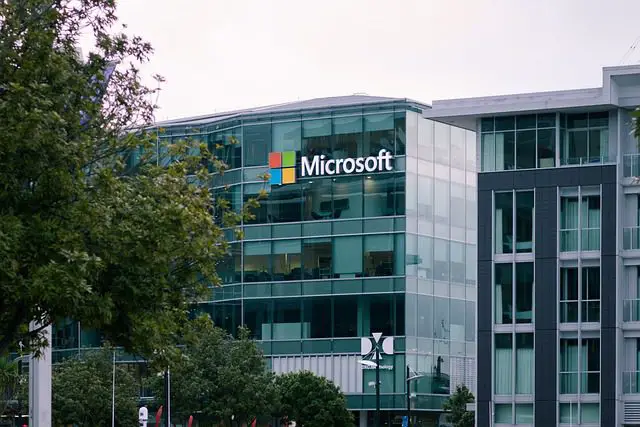

The field of radiology has undergone dramatic changes in recent years. These changes include mobile healthcare applications that opened up new opportunities within the world of healthcare, transforming ways of transmitting and sharing patient health data electronically.
With the rise of mobile apps, healthcare has become more accessible and practical. But how do these smartphone applications benefit radiologists? What are some of the best smartphone applications for radiology?
This article examines how specific smartphone applications work and explain how such apps can aid radiologists in their daily practice. It also lists various smartphone applications that radiologists could use.
With the advent of smartphone technology and its application in radiology, being aware of recent advances is crucial for a practicing radiologist. Using such apps can benefit both radiology professionals and patients.
Read on to understand how radiology apps can offer a practical, user-friendly, and cost-effective approach to radiology. For more information on radiology and its applications, visit W-Radiology.com.
How do Radiology Mobile Apps work?
In radiology, a mobile application begins by creating a common database for both DICOM and non-DICOM images. The shared database is used to provide scalable and functional services.
DICOM (Digital Imaging and Communications in Medicine) is an international standard that defines how medical images are represented, stored, communicated, and processed.
When a medical practitioner logs in to the application and requests a medical image, the centralized server retrieves copies of data from the database.
The copy of the file is sent to the user’s device, where it will be erased automatically after 48 hours. The ability to access medical data instantly and the need to protect private health information are both met by this system.
Benefits of Radiology Mobile Apps
Mobile applications have changed the way healthcare professionals view patient images. Radiologists have found that the use of these applications has eased their workflow.
Here are some of the benefits that medical practitioners can get from mobile radiology applications:
- Improved Diagnostic Reading
Though their capabilities are limited, smartphones and tablets can be used as an extension of workstations when a more powerful computer is unavailable.
Depending on the hospital’s security protocols and the adequacy of the device, a referring doctor can access diagnostic scans anywhere from within or beyond hospital grounds.
Mobile radiology apps can help the clinician better understand the patient’s overall condition and provide more accurate information about treatment options.
There are many mobile applications available for viewing DICOM files. Though it is still under debate whether iOS devices should be used for primary reading, the U.S. Food and Drug Administration (FDA) and Health Canada have already cleared such applications as diagnostic tools.
It is essential to distinguish between tomographic and digital X-ray images since they can have a far higher resolution. Mobile software developers have also responded to this issue.
Most applications in the diagnostics reading category are described as “not for diagnostic use” or “only for non-significant risk studies.” The apps display DICOM datasets while a radiologist discusses therapy plans with a patient or colleague.
- Valuable Information From Interactive Encyclopedias
Interactive encyclopedias can provide a range of information and valuable tools for many learners.
Residents can use these resources to study in their free time. These interactive encyclopedias provide a new dimension in studying for those who aim to master diagnostic reading.
For example, the user can scan through axial slices of a CT (computed tomography) scan and MRI (magnetic resonance imaging) images to study them more efficiently.
- Improved Clinical Decision-Making
New efforts are being made to avoid unnecessary diagnostic procedures and reduce patient radiation. Mobile technology can play a significant role in this effort.
Evidence-based decision support systems can help radiologists select examination types. Medical practitioners can make their decisions based on leading symptoms or diagnoses so that the rules of ALARA (as low as reasonably attainable) are kept. ALARA means avoiding radiation exposure without no direct benefit to the patient, no matter how small the dose.
In addition to current efforts to reduce radiation exposure, patients have greater control over their healthcare decisions than ever before.
Most Popular Radiology Smartphone Apps
Here is a list of some popular radiology smartphone apps.
- Mobile MIM
Mobile MIM is the first FDA-approved diagnostic radiology application that offers various features to diagnose illnesses and learn about treatments. Medical professionals like radiologists can use the app.
This mobile radiology application features real-time viewing, fusion, and registration of digital medical images from various modalities, such as PET/CT scans, X-rays, and MRIs.
These facilities help meet the health needs of their audience through more effective planning and seamless services.
- MobileRad
MobileRad is a HIPAA-approved application developed by Novarad that displays data from the NovaPACS system on third-party devices.
HIPAA (Health Insurance Portability and Accountability Act of 1996), which regulates the use and disclosure of individuals’ protected health information (PHI), applies to most healthcare practitioners.
The app, available on the App Store, provides radiologists and patients with various options for viewing and archiving digital medical images.
With these options, the application makes diagnosing patients in real-time and making the right decision easier.
- SnapView
SnapView is an iOS application that allows users to capture images from departments such as Emergency, Wound Care, Dermatology, and Ophthalmology. Medical staff can share these images directly to Ncompass Universal Archive without leaving any personal health information behind on the device.
- Ambra Health Ap
Ambra Health App is one more innovative mobile application in radiology. The application offers medical and healthcare providers instant access to current and prior images on their devices, whether a CT scan or MRI.
In addition, the app allows allows the users to collaborate and communicate more effectively with other physicians and patients.
- ASTRA Mobile
Candelis introduced ASTRA mobile, an application that allows users to access medical images and reports.
The software enables users to view, print, and share their medical reports and encrypted DICOM images with anyone across the globe.
The future is moving towards a digital platform with the help of modern technology and smartphones. Having the power to handle radiology images from anywhere can bring convenience to new levels.
The wide variety of applications available for radiologists shows that mobile technology is being utilized more and more in the medical field, hopefully leading to breakthroughs in this area that can benefit people worldwide.
References:
- ALARA – As Low As Reasonably Achievable https://www.cdc.gov/nceh/radiation/alara.html
- Smartphones, tablets, and mobile applications for radiology
https://edisciplinas.usp.br/pluginfile.php/157351/mod_resource/content/2/Sz%C3%A9kely%202013%20Smartphones,%20tablets%20and%20mobile%20applications%20for%20radiology.pdf






